Exploring nostalgia over coffee
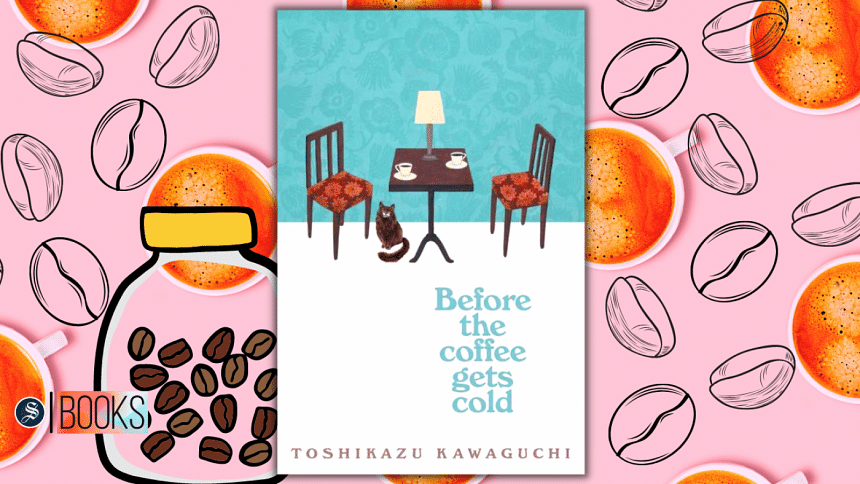
The concept of time travel has been extensively used in arts and media, and I have not seen many people who do not fancy the idea of being able to travel back in time and choose an alternative decision they had not taken, rectify mistakes in the past, and have a different present and future.
Having recently read Before the Coffee Gets Cold by Toshikazu Kawaguchi (translated by Geoffrey Trousselot) made me realise how nostalgia applies to both happy and painful memories. The plot depicts an interesting perspective on nostalgia and the way that it shapes our lives, and suggests that, while it is important to cherish our memories, we must also learn to let go and move forward.
Before the Coffee Gets Cold (Picador, 2019) tells of a tale where time travel can be only possible by obeying a list of "annoying conditions". The book written by the Japanese author was first published in Japan in 2015. When the English translation hit the market, it gained immense popularity from readers and book bloggers around the world. However, having limited experience in reading books of Japanese literature, the craze didn't really catch up to me until now, four years later. Finally, curiosity got the best of me and having read it, I realised what the hype was all about.
The story is set in a small Tokyo café, and follows the lives of a group of people who are employers, employees, and visitors. Some customers visit the café with the hope of travelling back in time to fix their past mistakes under the condition that the traveller has to return to the present before their coffee gets cold. But as the narrative progresses, the reader realises that going back in time is not as easy as it sounds; in fact, there are a set of rules which helps to get the reader a sense of the whole phenomenon. These rules create a sense of tension and urgency in the narrative, as the characters must act quickly and make the most of their limited time in their unique expeditions. Consequently, regardless of their desperate circumstances, the rules prevent the characters from altering the past and changing the course of events, emphasising the idea that our actions in the past have already had a set impact on the present and cannot be changed, no matter how much we may wish to do so.
To add to this, these strict rules also add dimensions to the journey of the characters. The restraints placed on them force them to confront their feelings and relationships with those they have lost, instead of allowing them to alter the past for their own benefit. They are well-developed and relatable throughout the story. For instance, the major characters of the novel, Nagare and Kei, a loving couple who run Café Funiculi Funicula together. Kazu, poised with a cool demeanour, is Kei's cousin and a waitress at the café, who is responsible for pouring coffee to the customer who intends to travel through time in the cafe. Her serene disposition becomes the reason for customers to ponder whether they really want to travel through time.
This magic-realism novel is short, light, yet it is ruminative and leaves a lasting impression on the readers. The café is located in a basement with minimal branding outside, only a small signage that reads: "Funiculi Funicula". Its surroundings are vividly portrayed to the point it makes one feel like they are right there, witnessing all the magical things happening in the café. The simple use of adjectives and phrases to describe the interior of the café—like, "windowless yet not humid", "the room has a sepia undertone", "three clocks with three different times"—makes the cafe visitors wonder Funiculi Funicula is even a magical place. But then again, there is only one way to find out.
Although the story doesn't talk about how this particular cafe became a time-travelling spot to begin with, reading through to the last page made me feel that the café was always there-since the beginning of time. As the story depicts, everyone here has different reasons for wanting to time travel, and the consequences of their actions and the lessons they learn along the way is explored thoroughly.
Before the Coffee Gets Cold is the first in the trilogy. The book has four different chapters which might seem like 4 standalone stories with the same set of characters keeping the narrative loosely connected. However, when you finish reading it, you will realise the story actually comes full circle. The other two books which share the same elements of magic realism are Tales from the Café (Picador, 2020) followed by Before Your Memory Fades (Hanover Square Press, 2022). Recently, another addition to the series has been announced, which will be considered as the final book in the series. Before We Say Goodbye is expected to be available in the market by the last quarter of this year.
Salwah Chowdhury works at an NGO by the day and works for her toddler at night. In between she is trying to be the writer she always wanted to be. Please reach her at [email protected] or @salwah_chowdhury for any book recommendations.

 For all latest news, follow The Daily Star's Google News channel.
For all latest news, follow The Daily Star's Google News channel. 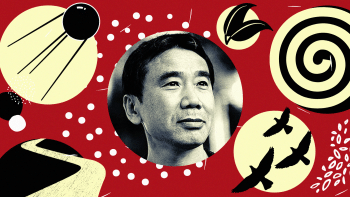




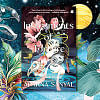


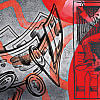
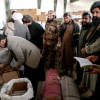


Comments